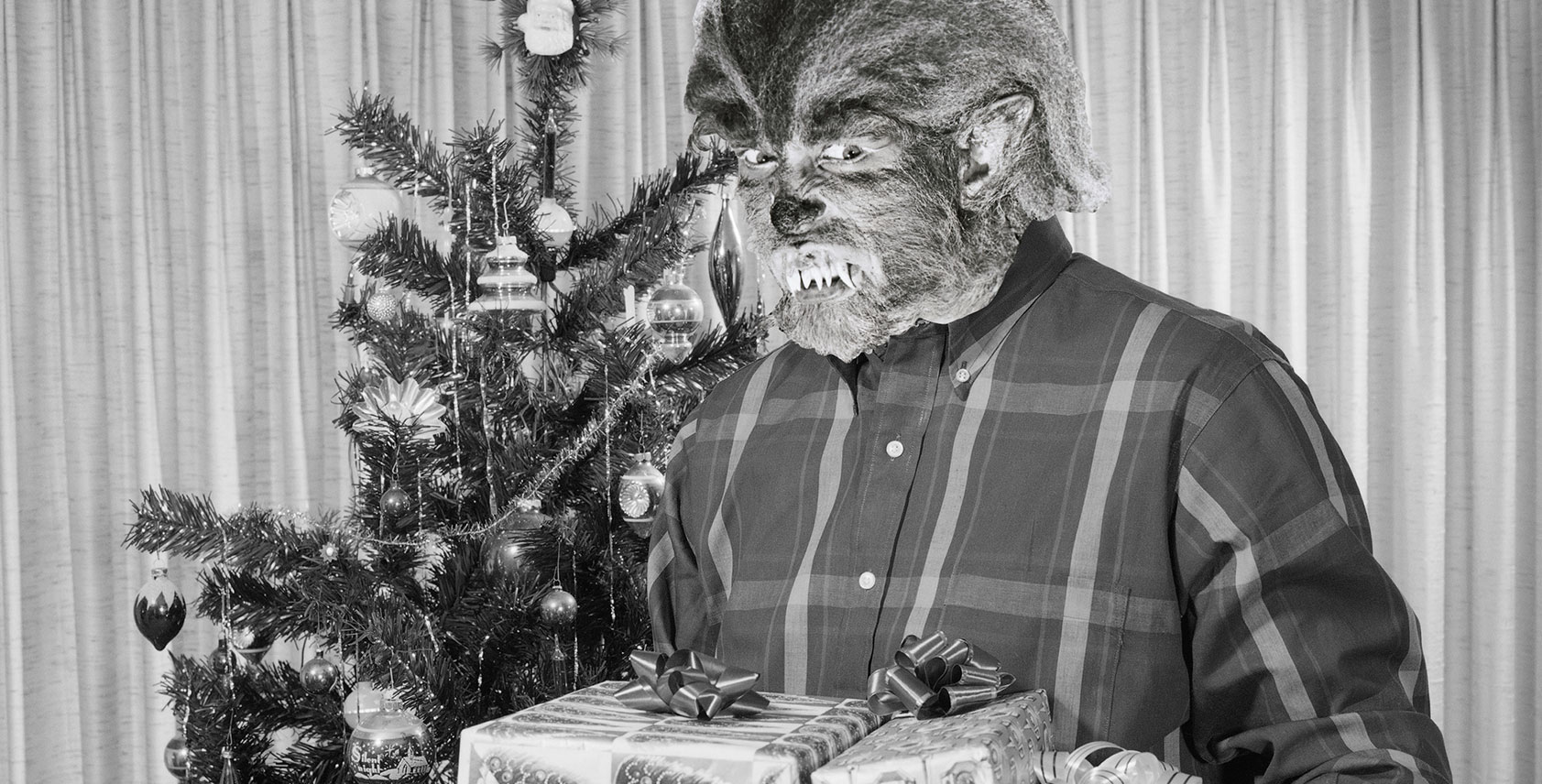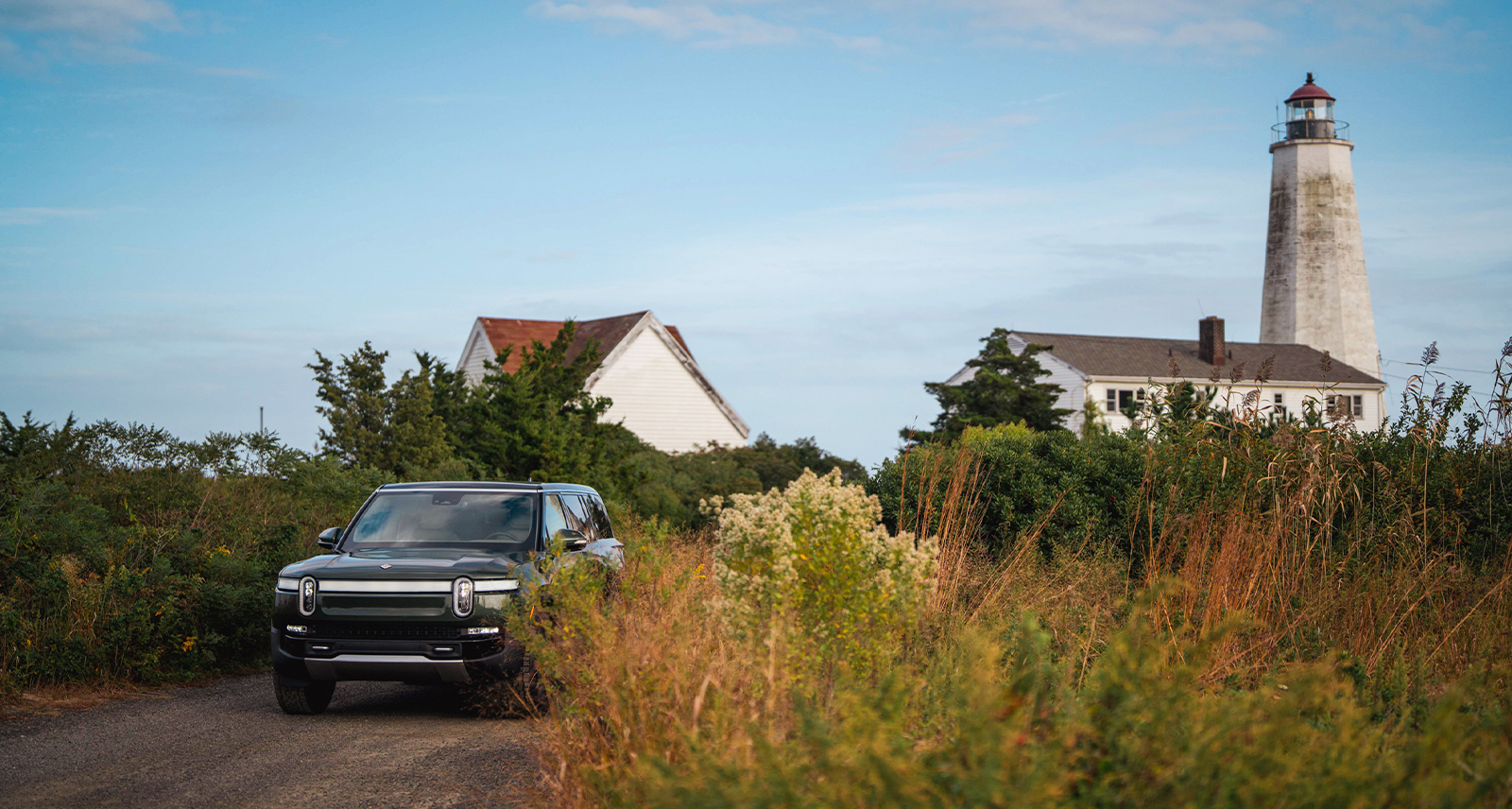How I Helped My Son Embrace His Dark Side
We are discussing the intricacies of Santa Claus, as one tends to do with a six-year-old when the air turns cold. Eventually we get around to the idea that Old Saint Nick is very, very old and, by most accounts, probably immortal.
“Like a vampire,” says Zev.
“Sure. But one who gives you presents instead of sucking your blood.”
“But vampires also give you the best thing ever.”
“What’s that?”
“Being immortal.”
“Interesting. But you’d have to live forever by sleeping in a coffin and drinking blood…” “That’d be okay,” says Zev. “It’s a good exchange.”
This kind of quick departure — from the conventions of childhood holiday lore to speculations about the undead — has become a common part of our conversations these days. My boy is a ray of sunshine, but he’s got a dark, distinctly morbid side, too.
A while ago, when the days were still long, Zev and I were in a cabin on a lake. I’d given him my old iPhone to fool around with, and suggested we go into the woods to try out the camera with a bit of wildlife photography. He asked what that was and, though he loves animals, and forests, and searching for things and being stealthy, he seemed somehow unimpressed by my answers. But then his eyes lit up, and he said, “I know! Let’s do wild-death photography instead!”
That’s when we started turning over leaves in hopes of finding decomposing bird bodies and searching the sides of highways for road kill. So it wasn’t a surprise when my adorable little psycho started bringing home specimens. Call it the natural progression of things.
“Here,” said Zev, upon his return from a seaside getaway with his mom.
“What’s this?” I said, looking down at the thing in my hand.
“I think it’s called a crawfish, or a crayfish. Some kind of cruh-fish.”
“Okay. What are we going to do with it?”
“Start my collection,” said Zev, with a hint of exasperation.
So what used to be my liquor cabinet started filling up with claws and beaks and bones and shells. Some of them dried out nicely in an everlasting rigor mortis, while others crumbled to dust or started to rot and stink. There was a good reason he’d chosen my place for his collection, rather than his mother’s; although she’s a medical doctor and I can’t even keep things that are already dead from getting worse, at least I’m willing to put up with the detritus. This might be the defining difference between a doctor and a writer.
“This kind of quick departure — from the conventions of childhood holiday lore to speculations about the undead — has become a common part of our conversations these days. My boy is a ray of sunshine, but he’s got a dark, distinctly morbid side, too.”
It all came to a head (or, I guess, a skull) when we were out in Vancouver at the end of the summer, visiting my parents. Zev decided he absolutely needed a dead crab, or at least a complete crab shell, to add to his scattered collection of deer skulls, chicken bones, snakeskins, and crayfish.
My parents live just blocks from the beach, so it was no problem finding deceased crabs or their exoskeletons. The difficulties came in keeping them. In a matter of hours, my parents’ house stunk like a seafood restaurant abandoned to a zombie apocalypse. My emergency compromise was to gather the corpses of the crabs into a bag and place them near, but not in, the back-alley garbage cans as I searched for a more permanent solution.
The Internet, of course, is full of such knowledge. But it seems that people with a lot of experience in preserving dead crabs have a dodgy grasp on what people without that experience would consider easy, straightforward, and simple. Also, Vancouver’s back alleys are full of living animals for whom a bag of crab carcasses is basically an invitation to a grisly potluck. By the time morning had broken, so had most of my will in regards to wild-death preservation.
Over breakfast, I put it to Zev like this: “Really, there are two choices for us today. We can start to learn all about taxidermy, or we can go go-carting.”
“What is taxidermy?” asked Zev with a mouth full of Shreddies, his eyes getting wide as I sort of explained it.
“And what is go-carting?” he said.
Truth be told, I did feel a little guilty as we drove to the go-cart track. And I asked him, perhaps for the first time, why he wanted to collect dead animals. “Because. I like it when things are dead, but they’re still here.” I shivered — not because I think my boy’s going to end up running a roadside motel in the shadow of a vampiresque house on a hill, but because for once I couldn’t tell if this was something we had in common, or completely opposite.
For as long as I can remember I have had an overwhelming fear of death. Just thinking about any aspect of mortality can derail me for days.
At the same time, I love the idea of immortality, no matter how traumatic.
There seems to be a similar dichotomy going on with Zev — but I don’t know if it’s rooted in a fear, or just not understanding death yet. I do know that Zev gets very upset by scary stories, while at the same time begging us to tell them. My girlfriend Angela is a bit of a connoisseur of the macabre, and has plenty of spooky tales at her disposal. But we’ve had to come up with a rating system: one to 10 on the scary scale — and often, after asking for a scary ranking of seven, say, partway through the narrative Zev starts yelling, “Two! Two! Make it a Two!” The things that scare him most are ephemeral, unknown. So Angela, mid-story, has to shine a light into the shadows, make ghosts corporeal, the paranormal normal, and quickly solve a few mysteries.
Angela has also stepped in to save our dead animal collection. She’s like a gothic Martha Stewart, which means Zev now has shadow boxes full of talons, claws, snakeskins, and bird skulls all perfectly preserved, some even lacquered.
Not surprisingly, she likes to watch horror movies. And her idea of one that is “not too scary” is very different from mine. The same things that scare my boy scare me, especially anything to do with malevolent spectres or madness. I often find myself muttering at the screen, “One! Make it a One!”
And yet, both Zev and I still have this deep fascination with the idea of the un-dead, and the dark side of immortality. As terrified as we are by ghost stories and paranormal demons, we both like ones about zombies, vampires, and werewolves. Last year he was a zombie for the first half of Halloween, then changed to a skeleton for trick-or-treating. As with his wild-death collection, as long as there is still a body, or even part of one, he can be brave. There is something to play with, fight against, investigate. It is the invisible stuff that distresses him — the dark mysteries, tension in the air, unknowable shadows, things that disappear. But transformation he’s fine with.
Zev’s name means wolf in Hebrew, and as much time as we spend these days discussing Santa, Dracula, Thor, Jesus, and taxidermy, he has become even more interested in lycanthropy. He’s decided that being a werewolf would be an even better deal than a vampire, because “you only have to do scary things once a month, and you still get to be sort of immortal.”
And so this year he decided to be a werewolf for Halloween. His mother sewed the costume and Angela did the makeup. It was the only instance of cooperation between Zev’s parents in a long time.
Zev, baring his fangs, asked how he looked.
“Sort of immortal,” I said. “And pretty cute, too.” Then we went out trick-or-treating.
And I think I know what Santa might bring him this year. It will be the next best thing to either vampiric or lycanthropic immortality: a boy’s first taxidermy kit.










